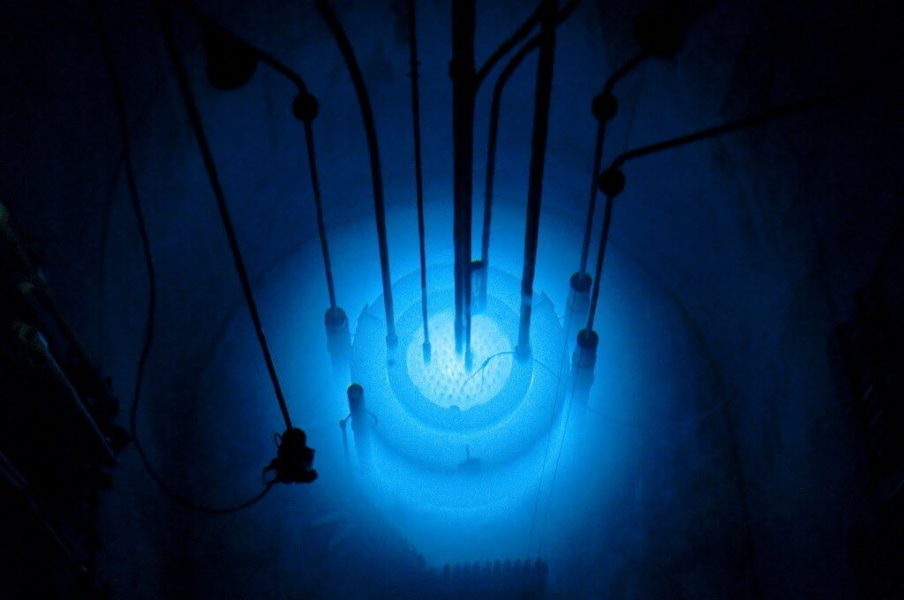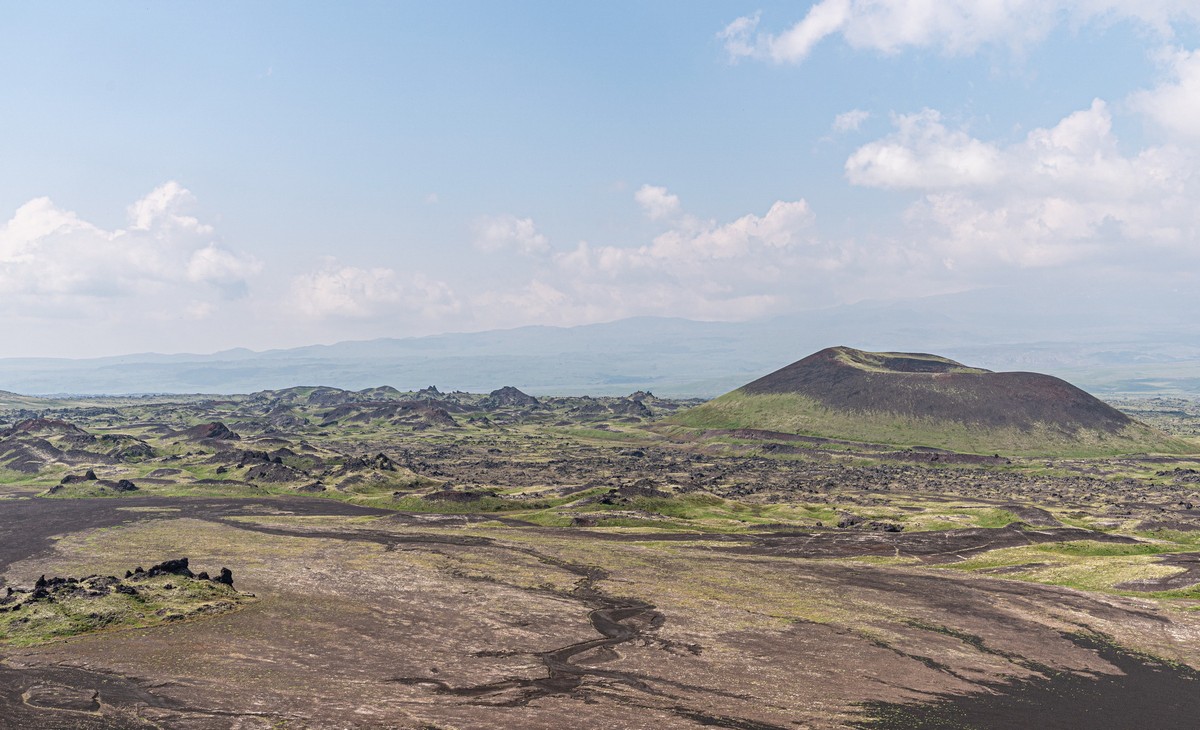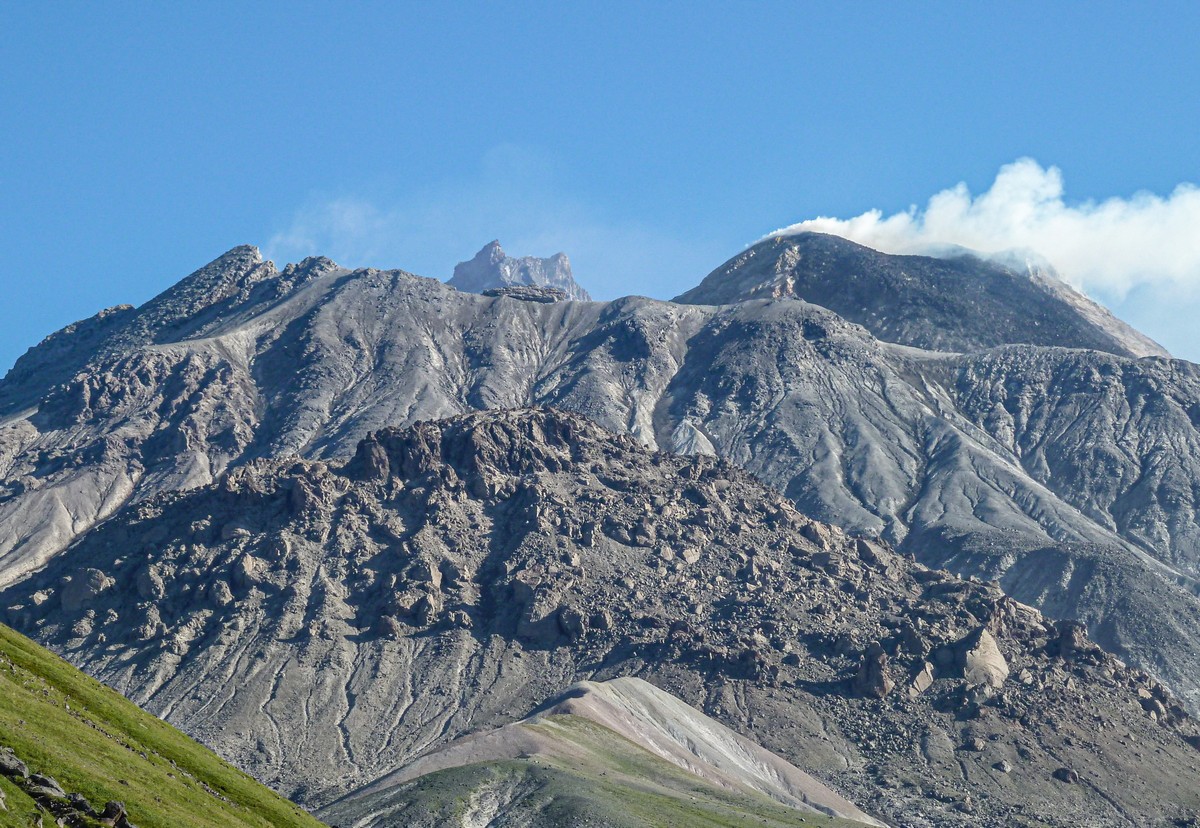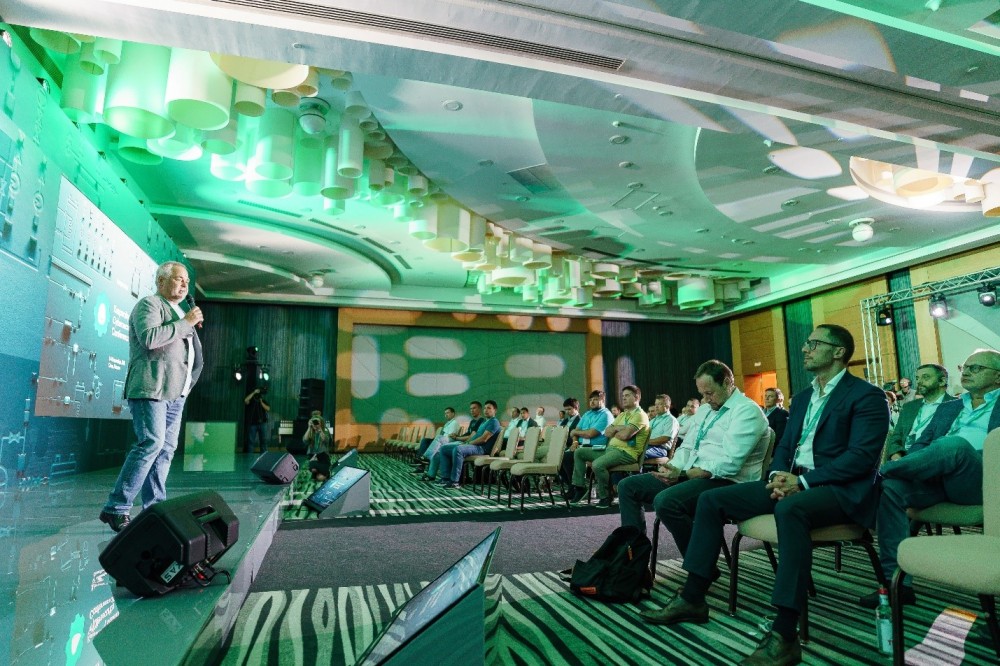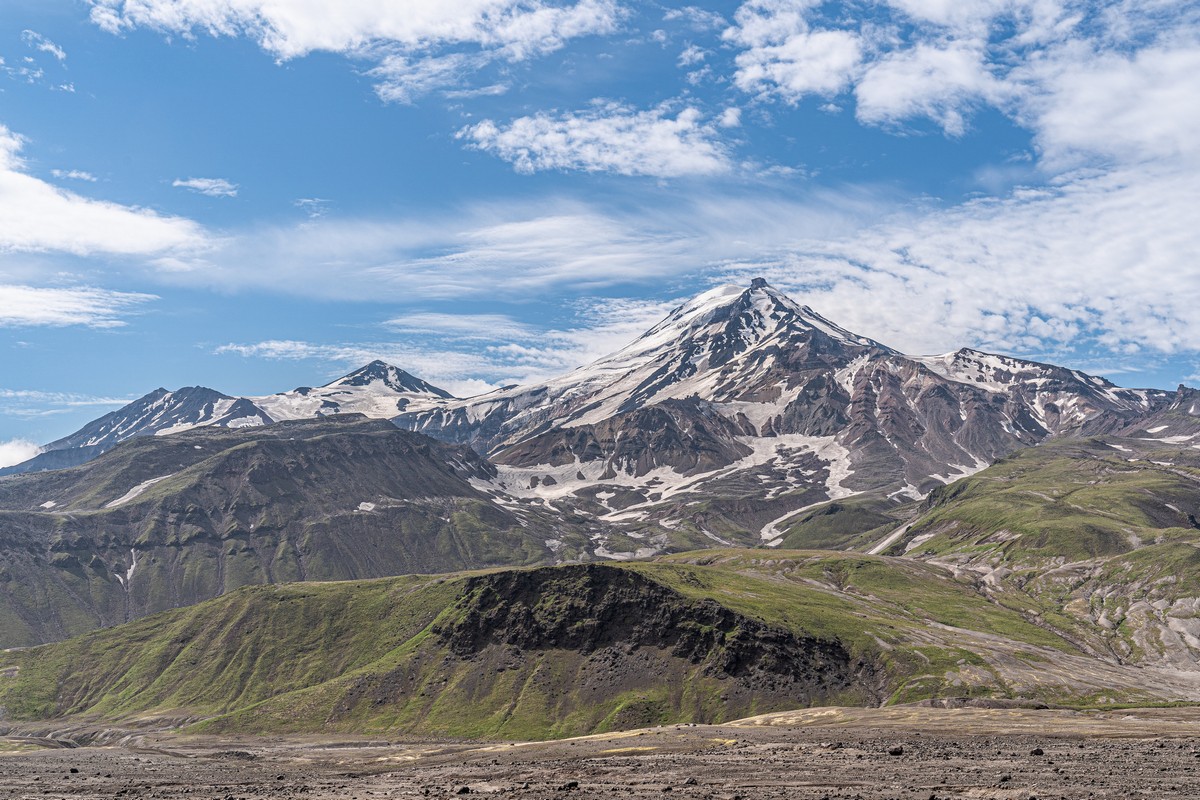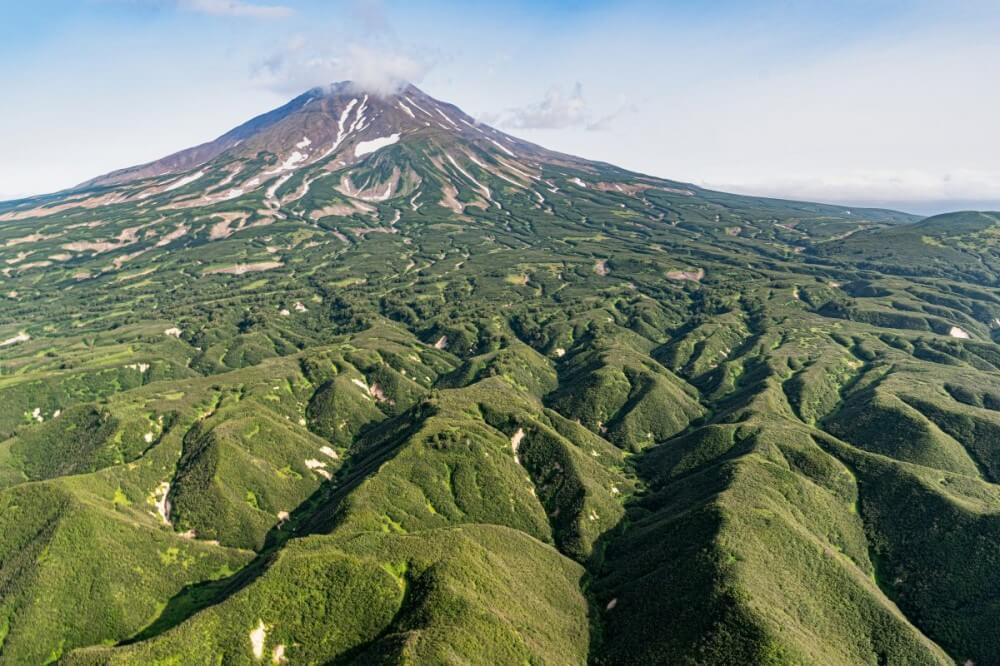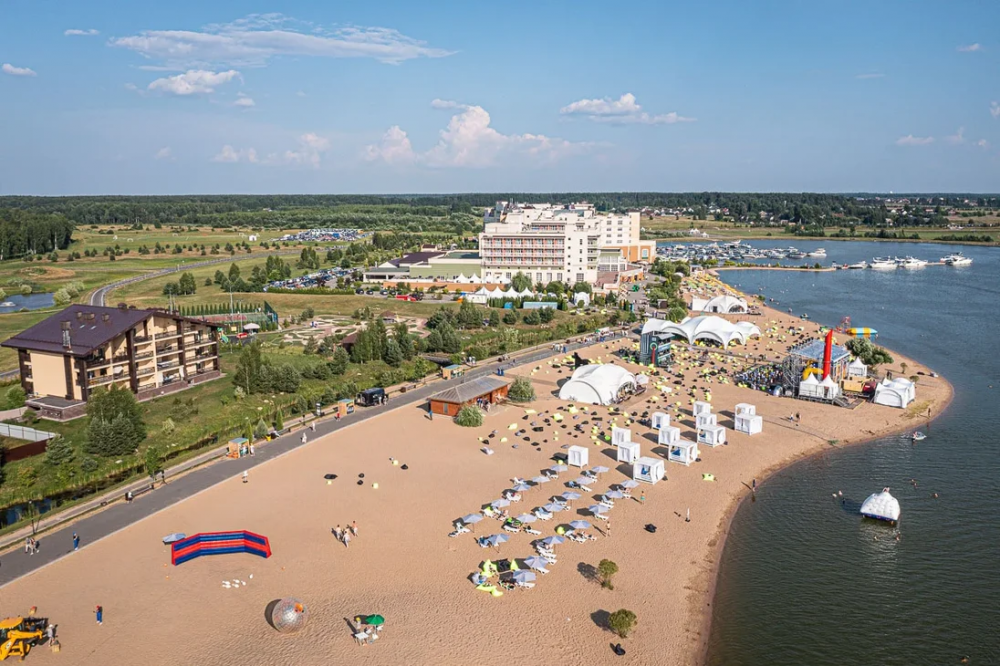Well, well. Here’s a first: I recently suffered a bout of writer’s block.
In the past, when I’d return from various exotic/meditative/emotionally-charged travels, tales (plus pics) from the adventure-tourism side would start to appear on this here blog of mine practically straight away. This time, however, I just couldn’t get my self going. The proverbial first step was indeed proving the hardest. Odd. I wondered why…
Well, first – I’d been to Kamchatka several times before, and duly written up series of reports on most of those trips. And I’m never one to go over the same ground: life’s too short for repeats!
Second – the weather on this year’s expedition around the peninsula was worse than usual – and it’s always mostly bad weather in Kamchatka! Sure, it could have been worse. It could have been a lot better too. Glass full or empty? I digress…
Third – due to the bad weather, I didn’t take as many photos as I would have liked: I didn’t have much to show for a month-long tour.
Fourth – I committed a serious… pedagogical mistake: I agreed to take with me on the trip colleagues who weren’t quite prepared enough – neither morally nor physically. They’d read my previous expedition reports, and seen the photos, and so had long dreamed of joining me for a pop at the peninsula. However, instead of being able to gently ease themselves into all things extreme, severe and somewhat goddamn awful uncomfortable, they were thrown in at the deep end, for this year’s weather, as already mentioned, was mostly… goddamn awful – and most everything in Kamchatka depends on the weather. For this, I apologize sincerely to my colleagues who had a real tough time of it.
I finally put fingers to keyboard once I’d settled on the appropriate, doable, and – for me – most enjoyable format: a bit of a historical, encyclopedic, ‘all I know’ review of everything awesome I’ve experienced for myself in Kamchatka (so I’m not short on tales and pics due to this year’s deficit thereof). Oh, and any awesomenesses I’ve yet to experience I’ll save until having done so on future expeditions – of which there will be several, I hope!…
Well that was an (unexpectedly) long proviso-explaino intro, no?! So without more of a do, let me give you some snaps ->
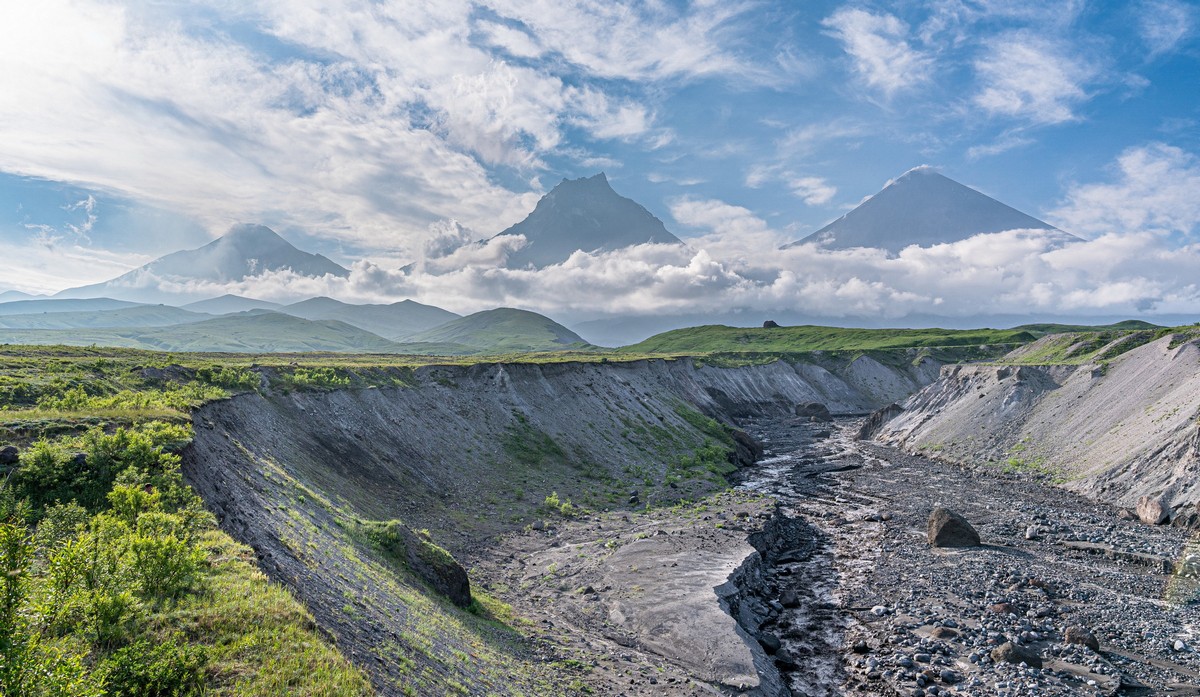
That trio of voluptuous volcanoes are three of the total of 14 that make up the Klyuchevsky group of volcanoes. From left to right: Bezymianny (‘Unnamed’), Kamen (‘Rock’), and Klyuchevskaya Sopka. Kamen died out long ago, Bezymianny occasionally erupts violently, while Klyuchevskaya Sopka is so extremely active its peak doesn’t even have a constant height above sea level!
All righty. Lengthy intro text & intro pics – done. Next… everything I’ve seen in Kamchatka. No pressure…
Read on…

